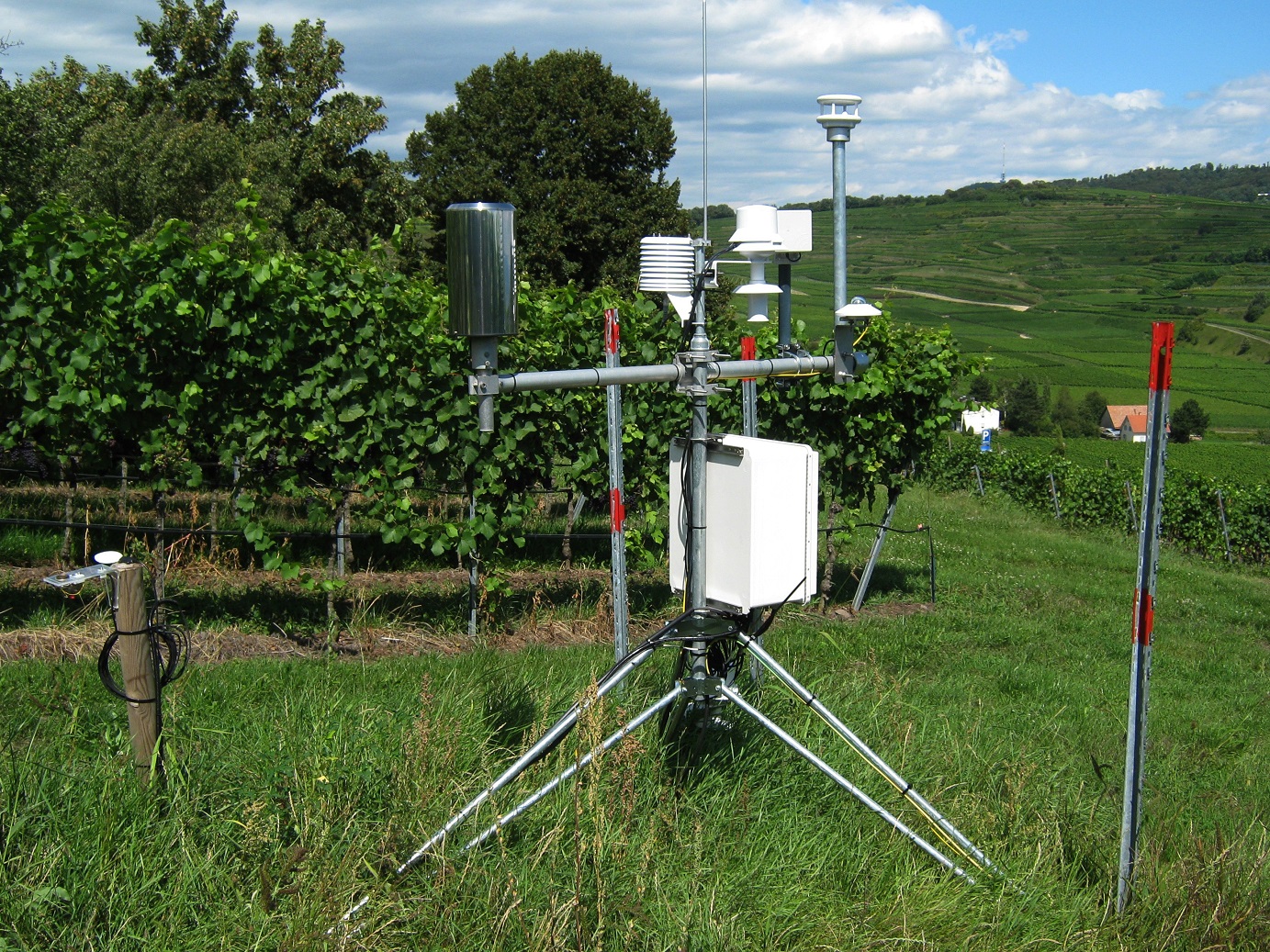Numerous industries use automated data collection to forecast weather and plan activities. The accuracy of such information affects 1/3 of the world’s economy, including aviation, transportation, agriculture, and the well-being and comfort of weather-dependent people.
Any known method of weather forecasting such as synoptic maps, numerical or statistical methods, relies on collecting and processing data on natural phenomena. The speed and quality of information processing directly affects the accuracy of forecasts.
The Internet of Things is revolutionizing the system of analyzing atmospheric changes and reports, allowing for:
- measuring physical parameters anywhere;
- receiving real-time information;
- analyzing data and using it to prepare forecasts.
The Internet of Things in meteorology not only helps generate weather forecasts, but also prevents negative consequences of natural phenomena.
In the US, information collected by smart devices helps prevent the consequences of sandstorms.
Hot weather causes a phenomenon known as heat domes, which occur when the climate in urban areas is hotter than in adjacent rural areas. This phenomenon can cause or exacerbate a range of problems. Heat domes are often exacerbated by high levels of solid particles in the air, which negatively affects air quality and carbon dioxide levels.
IoT services and devices that analyze air temperature and solid particle content help mitigate the consequences of such phenomena. In this case, the Internet of Things in meteorology help in the following ways:
- warning people about failures of climate control equipment in hospitals, schools, public transport, rescue services, communication systems, thus preventing critical infrastructure shutdowns;
- reducing heat from working devices, thus reducing temperature differences from within and beyond urban areas;
- notifying about increases of the level of air pollution, CO2 content, water levels, and other factors that may affect weather and climate safety;
- predicting possible worsening weather conditions.
The Indian National Institute of Oceanography has developed a network of connected devices to warn the population about tsunamis in the Indian Ocean. Automated data collection is deployed along the fault line that caused one of the devastating tsunamis.
The system consists of two components: bottom pressure recorders that register changes in this indicator, and surface buoys that transmit data to the processing center using satellite communication. In case of a sudden increase in pressure preceding a tsunami, the equipment sends the data to a coastal station, which warns residents and relevant services.
In Switzerland, IoT services have been developed for detecting and preventing avalanches using radar, infrasound sensors, and geophones.
The sensors collect data on infrared radiation and transmit it for processing. The analysis of information allows predicting the likelihood of an avalanche. The system also has the ability to provide feedback and, under certain conditions, sends notifications about possible explosions in potentially dangerous areas.
IoT services and sensors make it possible to analyze and forecast natural phenomena in detail, avoiding economic losses and mitigating the negative consequences of natural disasters.
Epol Soft develops systems for collecting and processing data on the states and changes in the environment, including automated data collection on water and air quality, urban noise levels, as well as solutions for collecting meteorological data from remote sensors.
More information about the company’s competencies in the field of IoT system development can be found on our website.

